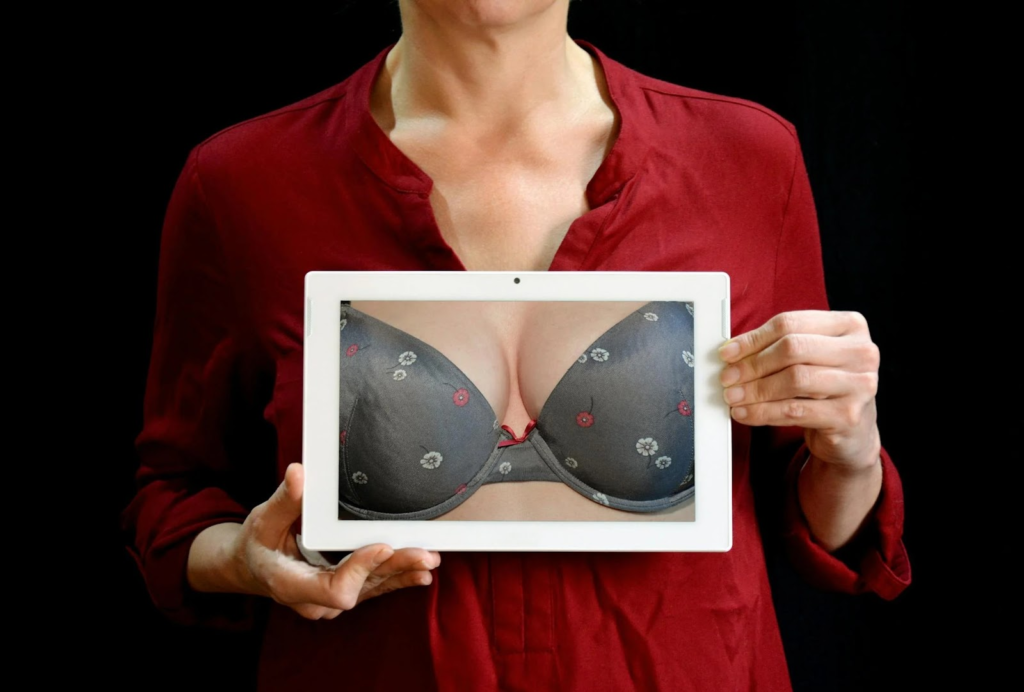
The cost of breast augmentation surgery isn’t just a single number—it’s a combination of several factors that come together to form the total expense. For anyone wondering, how much does a breast augmentation cost? It’s important to understand the different fees involved in breast implants.
Understanding these individual components can provide clarity for those considering this life-changing decision. Let’s take a closer look.
The average cost of breast augmentation can vary depending on various factors. According to the American Board of Plastic Surgery, the average cost of breast augmentation can range significantly, typically between $4,000 and $25,000.
Taking into account all associated costs, including anesthesia, implants, surgical facility fees, and postoperative care, provides potential patients with a comprehensive understanding of the total price. This clarity helps them plan financially and ensures they are prepared for the full expenses involved.
Here’s a detailed look at the typical expenses added in with the boob implant costs:
Consultation fees vary depending on the practice. While some clinics charge a fee to ensure the patient is genuinely interested, others may waive it. This fee covers the time and expertise involved in evaluating the patient’s needs and discussing treatment options.
The surgical technique used for breast augmentation greatly affects the overall cost.
Alt Text: Surgeons performing surgery.
The surgeon’s fee is for performing the procedure itself and is influenced by factors such as experience, the complexity of the surgery, and any additional techniques required.
For example, using larger or uniquely shaped implants or combining the augmentation with other procedures, like a fat transfer or breast lift, can increase costs. On average, fees range between $3,500 and $4,500, depending on the type of implants and specific surgical needs.
The type of implant chosen plays a critical role in both the breast augmentation cost and final results. Patients can choose from three main options:
The cost difference between saline and silicone implants often comes down to manufacturing complexity and materials. Saline implants are more affordable because they use simpler production methods. They are also adjustable during surgery, making them cost-effective for both patients and surgeons.
Silicone implants, however, are more expensive due to the advanced materials and processes involved. While they come at a premium, many patients opt for them because of their realistic texture and appearance.
Alt Text: Person holding anesthesia and syringe.
Anesthesia costs depend on the provider and practice setup. Some clinics work with dedicated anesthesiologists, while others collaborate with external anesthesia groups. These fees typically cover the administration of anesthesia and monitoring throughout the procedure, ensuring patient safety and comfort.
The surgery facility fee includes the use of the operating room, preoperative preparation, and post-operative observation. This fee ensures access to a well-equipped and sterile environment where patient care remains the top priority. Some facilities also offer recovery suites for extended observation after longer procedures, which may incur additional costs.
Surgical garments, such as compression wraps, are often required after breast augmentation to promote healing, reduce swelling, and help implants settle properly. Unlike generic off-the-shelf alternatives, medical-grade garments provide targeted support during the acute recovery phase. If recommended, their cost is included in the overall fee.
There are other essential expenses to consider that may not always be included in standard boob surgery prices.
Alt text: Scrabble tiles spelling ‘health insurance’.
Whether insurance covers breast augmentation depends on the nature of the procedure. According to the American Medical Association (AMA), the distinction lies between cosmetic and reconstructive surgeries:
For instance, women undergoing breast reconstruction after a mastectomy for breast cancer often have insurance coverage for the procedure. However, when considering breast augmentation for medical reasons, such as correcting deformities or functional issues, documentation of medical necessity is crucial. This includes evidence that alternative therapies were attempted.
It is also important to note that hybrid procedures combining aesthetic and functional goals may not qualify for coverage, even if there are functional benefits. Consulting with a provider can help clarify what criteria apply in specific cases.
Breast augmentation is a transformative decision, whether achieved through implants, fat transfer, or a combination of both. While the cost of breast implants typically ranges from $4,000 to $12,000, factors like implant type, surgical techniques, and facility fees can influence the final price.
Choosing the right implant involves balancing budget, aesthetic goals, and long-term considerations. By understanding the factors influencing costs and the options available, patients can make an informed decision about what’s best for their unique needs.
At Oklahoma Plastic Surgeons, board-certified surgeons prioritize your comfort, safety, and aesthetic goals. Ready to take the next step?
Scheduling an initial consultation is the first step toward achieving your desired results. With a personalized approach and clear communication, you can feel confident in making a decision that aligns with your goals and budget.
* All information subject to change. Images may contain models. Individual results are not guaranteed and may vary.